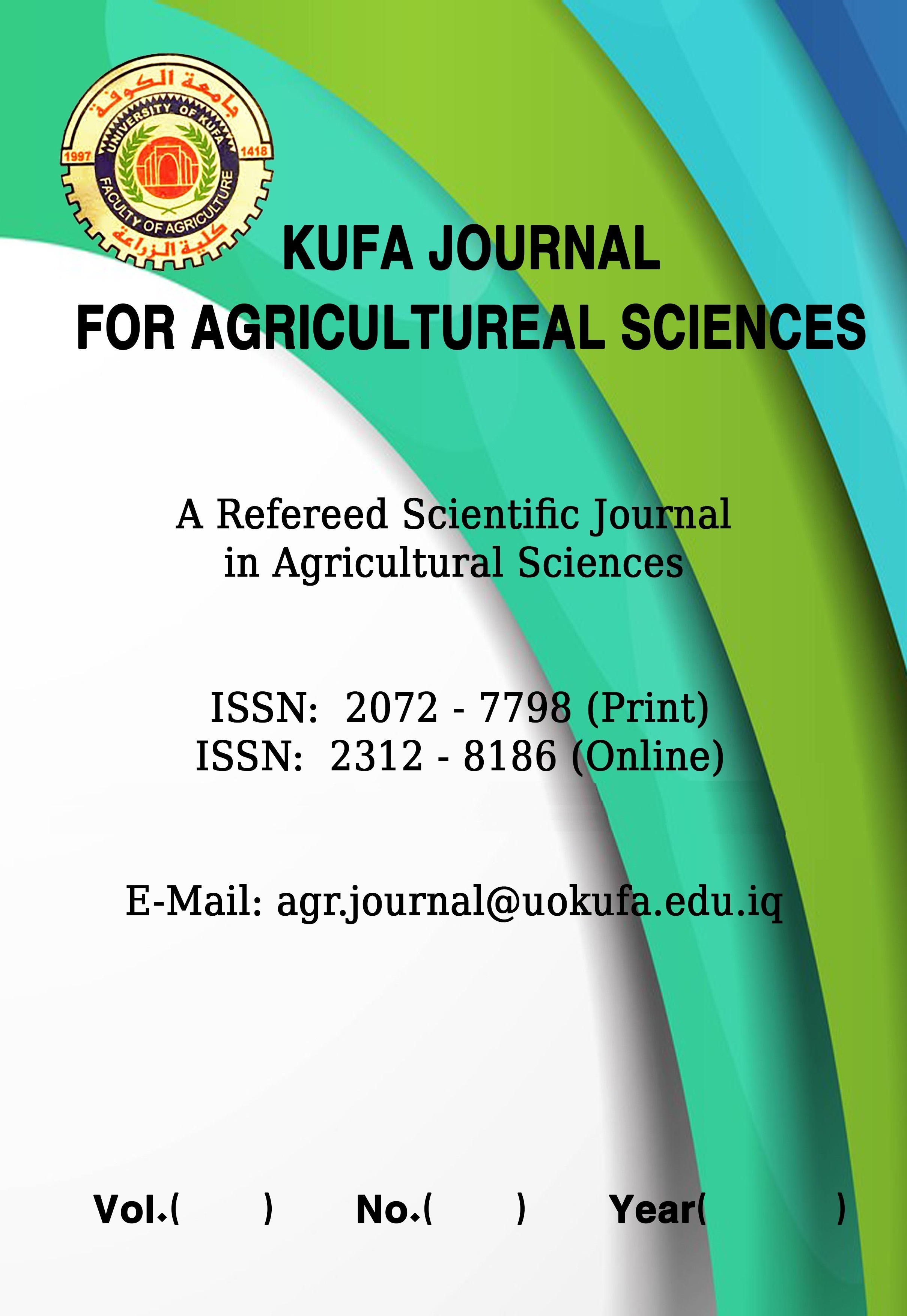Volatile blooms of Aleurodicus rugioperculatus Martin infested coconut and banana leaves attracting parasitoid Encarsia guadeloupae Viggiani
DOI:
https://doi.org/10.36077/kjas/2023/v15i2.12142Keywords:
Rugose spiralling whitefly, Cocos nucifera, volatile organic compounds, tritrophic interactionsAbstract
Invasive whitefly species in coconut plantations have become a matter of concern in the last half a decade as they cause direct and indirect infestation on the palms. The Rugose spiralling whitefly (RSW), Aleurodicus rugioperculatus Martin infestation was high on Cocos nucifera L. (coconut) followed by Dypsis lutescens (H. Wendl.) (Butterfly palm) and Annona squamosa L. (custard apple). The coconut varieties Malayan Yellow Dwarf and Chowghat Orange Dwarf were observed with higher infestation index while that of West coast tall was the lowest. Higher RSW parasitization levels were observed on Musa paradisiaca L. (banana) and Canna indica L. (Indian shot), with 85.96 and 71.59% parasitization, respectively. Identification of volatile organic compounds (VOCs) between healthy and RSW-infested coconut plants revealed the emission of 56 VOCs from the healthy coconut plant and 47 VOCs from RSW infested plant. 22 VOCs were common in both samples, and 25 VOCs were unique to RSW-infested coconut plants. The presence of 42 VOCs was identified from the headspace extracts of RSW-infested bananas. Differences in the VOCs emitted from RSW-infested banana and coconut plants revealed higher emission of terpenoids like β-Caryophyllene, (E, Z)-2,6-dimethyl-2,4,6-Octatriene, Humulene, α-Pinene, Farnesane, α-Copaene and β-cis-Ocimene from RSW infested banana plants that proved to be more attractive to the parasitoid. Identifying specific blends of volatile compounds influencing Encarsia guadeloupae Viggiani could help to augment the parasitotic for RSW management in coconut plantations.
Downloads
Downloads
Published
How to Cite
Issue
Section
License
Copyright (c) 2023 Gunalan Chandrasekaran, Dr. S. Jeyarani, Dr. M. Murugan

This work is licensed under a Creative Commons Attribution 4.0 International License.
Kufa Journal for Agricultural Sciences is licensed under the Creative Commons Attribution 4.0 International License, which allows users to copy, to create extracts, abstracts and new works from the Article, to alter and revise the Article, and to make commercial use of the Article (including reuse and/or resale of the Article by commercial entities), provided the user gives appropriate credit (with a link to the formal publication through the relevant DOI), provides a link to the license, indicates if changes were made and the licensor is not represented as endorsing the use made of the work. The authors hold the copyright for their published work on KJAS website, while KJAS responsible for appreciate citation for their work, which is released under CC-BY-4.0 enabling the unrestricted use, distribution, and reproduction of an article in any medium, provided that the original work is properly cited.














